Ask anyone on the street to think of the first thing that comes to mind when the name Bosch is mentioned and one would likely receive answers pertaining to power tools and household appliances. Pose the same question to an automotive enthusiast, however, and you’ll end up getting bombarded by mentions of brake, electronics, steering and injection systems plus many more – such is the extent of the firm’s product portfolio.
Founded by Robert Bosch in Stuttgart in 1886, the multinational engineering and electronics firm has grown to become the world’s largest supplier of automotive components and systems – and what better venue to showcase its forte than at the brand’s biannual International Automotive Press Briefing.
Held at its Boxberg proving ground, said test facility covers a total area of approximately 230 acres and features a variety of tracks, each built to present a different kind of challenge to drivers and vehicles alike. Additionally, a 3 km-long high-speed oval encapsulates the aforementioned multitude of test circuits.
For 2015, Bosch has decided to parade (many) test vehicles that were equipped with technology designed to emphasise three key criteria that it predicts will become more relevant in the automotive industry – electrification of combustion engines, automated driving and vehicular connectivity beyond entertainment.
As mentioned, the list of vehicles on offer was exhaustive, to say the least. Under the electrification umbrella, Bosch provided vehicles such as the BMW i8, i3, eScooters and the Volkswagen XL1. Also showcased were Bosch’s latest steps in optimised combustion and low-volt technology.
A B7 Volkswagen Passat 2.0L TDI BlueMotion demonstrated the boost recuperation system – said car utilises a 48-volt diesel mild hybrid setup. An Audi A3 Sportback g-tron, along with another Passat and Mercedes-Benz E 400, demoed Bosch’s latest piezo injector tech under the optimised combustion platform.
Moving on to the automated realm, Bosch provided a Land Rover Discovery Sport equipped with the brand’s autonomous emergency braking system as well as a Tesla Model S to showcase its capabilities in developing a highly-automated vehicle for the road.
As for the field of connectivity, a Jaguar F-Type, Porsche Panamera and Audi TT were presented. Said vehicles were equipped with Bosch’s mySpin in-car infotainment platform and eHorizon networking system, respectively. As for the Audi TT, one should know that the car’s much-lauded Virtual Cockpit instrument cluster was supplied by Bosch – which explains the car’s presence despite a lack of additional tech onboard.
On to the cars we got to sample then – note that there was only so much time for yours truly to run about and secure a spot to test said vehicles. Also, test drives were limited to just two laps of the circuit, which resulted in only a brief encounter with each of the five cars that this writer managed to get his hands on.
First of which is the Audi A3 Sportback g-tron. Exterior wise, only the e-tron insignia plastered on to its rump and wheel arches along with the massive ‘Compressed natural gas’ (CNG) sticker on its side serve to mark it out visually. Inside, it’s standard A3 as well, save for the extra CNG capacity readout in the instrument cluster.
Under the skin lies a 1.4 litre TFSI engine that has been reengineered to combust both petrol and CNG – power output is rated at 110 hp and 200 Nm of torque. Mated to Audi’s seven-speed S tronic double-clutch transmission, the A3 g-tron strolls to 100 km/h from rest in 10.8 seconds before topping out at 197 km/h.
While the systems automatically switch operations from petrol to CNG, the driver can also trigger the swap manually should he/she insist on burning petrol instead. Operational range has been quoted at 400 km on pure CNG while tapping into the petrol engine provides an additional 900 km for a total of around 1,300 km.
Two CNG tanks, located beneath the boot floor, hold a total of 14.4 kg of said gas while a 50 litre petrol tank helps establish the aforementioned maximum range. On the move, the A3 g-tron emits only 92 g of CO2 for every km travelled while total consumption is recorded at just 3.3 kg/100 km.
How does it drive? Like a diesel – which is no bad thing, really. Understand that the A3 g-tron was designed as an efficient runabout vehicle for commutes in the city and one would appreciate its smooth, relaxed throttle response. Below 3,000 rpm or so, there’s an adequate amount of power for zipping about city centres.
A firmer prod of the throttle revealed a sudden jump in power which, depending on how you drive, could serve to delight the six-year old enthusiast inside all of us. Up next, we sample a Volkswagen Passat 2.0L TDI BlueMotion equipped with Bosch’s boost recuperation system (BRS).
The BRS architecture is said to “close the persistent and sizeable gap” between start-stop platforms and full hybrids by presenting itself as an “entry-level electrification solution.” The platform employs a dual voltage setup with 48 volt alongside the car’s conventional 12 volt electrical system – no high-voltage protection is required, as a result.
Said system is comprised of an electric motor, a DC/DC converter and a high-power lithium-ion battery pack. With the BRS system in place, Bosch claims a 15% improvement in fuel efficiency while at the same time offering an added kick of power for downsized engines – up to 150 Nm of extra torque has been quoted.
Plus points include cross platform capabilities as well as compatibilities with most transmission/engine combinations found in modern vehicles. Aside from augmenting the engine’s performance while reducing fuel consumption, the BRS system is also said to improve on the performance of start-stop systems.
Which brings us to the (relatively stationary) BRS experience. Manoeuvring the Passat around with the systems turned off, there was a noticeably rougher (and noisier) kick upon startup when the start-stop system went to work. With BRS, the process was accompanied by an eerie silence and obvious lack of vibrations.
On the move, the much-touted assistance in power from the BRS platform presented itself the most during overly-enthusiastic jabs at the throttle. So while one might need to get a bit greedy with the loud pedal to truly experience the boost, the effort will be worth it – especially during overtaking manoeuvres.
And overtake well into the future we did with the next car – the Volkswagen XL1. Revealed in full production guise in 2013, the XL1 is limited to just 250 copies and received its name from the fact that it was designed to consume just one litre of diesel for every 100 km travelled – effectively recording a figure of around 111 km/l.
The diesel plug-in hybrid looks every bit as absurd as its performance, too. From its futuristic, pod-like styling to its gull wing doors and covered rear wheel, the XL1 possesses enough road presence to steal the limelight from neighbouring exotics despite being only around 1,282 mm tall, 1,665 mm wide and 3,888 mm long.
Under the skin, things are just as impressive. The XL1 is constructed mainly from carbon-fibre reinforced polymer and aluminium, which lends it a feather weight mass of just 795 kg. To help achieve its drag coefficient of just 0.189, the XL1 makes do without side mirrors – side-mounted cameras do the job, instead.
Powering the XL1 is a rather unique setup comprised of a 800 cc two-cylinder TDI engine that puts out 48 hp and is mated to an electric motor (powered by a lithium-ion battery) that provides an additional 27 hp – said power gets transmitted to the rear wheels via a seven-speed DSG gearbox.
On pure electric power alone, the XL1 is capable of travelling up to 50 km. As expected, straight line performance isn’t exactly priority number one here with the century sprint taking 12.7 seconds while top speed is limited to just over 160 km/h – CO2 emission is noted at just 21 g/km.
Now does Bosch come in? The firm’s contribution to the development of the XL1 is seen in its power electronics system that acts as a middle-man between the electric motor and battery – said system works to convert the stored current in the battery into alternating current for the electric motor.
As interesting as you might find the technical bits, the XL1 has another trick up its sleeve that’s bound to entice – the driving experience. As expected, entering the car itself is an event for both driver and passenger thanks to those doors and a slightly offset seat configuration to help keep the cabin as narrow as possible.
Seal the gull wing doors and depress the starter button to get going – the instrument cluster will illuminate a ‘Ready’ sign. Slot the gear selector into ‘D’, ease on the throttle and upon making the first turn of the wheel, the XL1 reminds us why an unassisted steering rack remains unrivalled in terms of feedback.
It’s that degree of unfiltered, weighted tug of the wheel that stands out the most – aside from the overall sense of agility, that is. At speed and through the twisty stuff, the XL1 is an absolute joy to drive simply because it offers so much tactility in exchange for so little speed. Never mind that it hugs trees, the XL1 is, arguably, one of the most intuitive cars to pilot just for the sake of it.
Or is it? Well, that depends on how you like your driving thrills served. If you’re one to get excited from swapping cogs yourself and soaking in the unsynthesised growl of an engine, the Tesla Model S, seen here in 85-spec, might not be your cup of tea – of which this writer was convinced so at first.
However, keep an open mind and one will be in for a surprise. For starters, the Model S looks the part with its rather understated styling. Then there’s that upmarket interior architecture, dominated by that massive 17-inch iPad-like centrally-mounted touchscreen and 12.3-inch LCD instrument cluster.
So far, so good, then. The Tesla Model S seems to have pushed all the right buttons in terms of establishing that feel-good factor – and we haven’t even gotten to the best part yet. Turning out on to the track for an exploratory lap, the Model S feels pretty clinical to drive, not to mention that it’s also very, very quiet.
Which isn’t exactly a bad thing when one considers that the Model S is, in essence, a four-door family sedan that’s meant to ferry occupants to and fro as efficiently as possible. Of course, there will come a time when one decides to floor the throttle – which will result in the rewiring of one’s understanding of acceleration.
See, because there’s no combustion engine, the Model S puts down all of its 373 hp and 441 Nm of torque at the drop of a hat. Said power arrives from a rear-mounted electric motor that’s juiced up by a 85 kWh lithium-ion battery and being a non-D model, a single-gear transmission sends all that grunt to the rear wheels.
Straight-line performance is monumental, to say the least. On more than one occasion, the explosive power of the Model S had this writer backing off the throttle faster than it was necessary before each corner – a move which revealed another quirk of the car.
The regenerative braking of the Model S is so severe that at times you wonder if there is ever a need to brush the middle pedal at all. Naturally, the level of assistance can be dialled back for a more “normal” lift-off-then-coast sensation. The same scope of adjustment is afforded by its electric power steering (EPS) setup.
Said Servolectric EPS system is developed by Bosch and allows for a variety of modes that should cater to varying driving styles. In Comfort and Regular mode, the steering felt heavily-assisted and offered little feedback while Sport mode ramped up the weight of the rack – feedback was still lacking, unfortunately.
Just a small flaw in an otherwise well-rounded package, to be honest, for the Tesla Model S certainly has the potential to sway even the most hardcore of non-believers. So instead of fearing it, enthusiasts should look forward to an electrified future. What we might fear, however, is the Tesla Model S.
A fully-autonomous Tesla Model S, that is. Seen here in the now-discontinued P85-spec, Bosch has been hard at work stripping down the donor Model S and fitting it with a total of 50 components – resulting in a total of 1,300 metres of cable retrofitted underneath its skin.
It should be known that Bosch has single-handedly developed all the necessary components to facilitate autonomous driving – from braking systems to steering as well as sensors, navigational platforms and connectivity solutions. Fitted to the car are an array of radar-, video- and ultrasonic-based sensors.
Said sensors are responsible for monitoring the surroundings and processing said information into what Bosch calls its connected horizon solution platform. Vital data is then projected to the driver via the human machine interface (HMI) – said interface will notify the driver whenever automated driving is deemed fit.
To proceed, one has to simultaneously depress two buttons on the steering wheel for three seconds – the process effectively eliminates any accidental activation of the automated driving mode. In the Model S, relevant information throughout the journey is projected onto the large centre screen.
How does it all add up, you ask? Well, the entire two laps were nothing short of mind-boggling as the Tesla Model S piloted itself around without a single hiccup. Mind you, to put the system’s capabilities into perspective, several cars were roped in to simulate everyday traffic.
From stopping at junctions, to reacting to speed limits and whatnot, a fully-automated Tesla Model S is perhaps the most impressive (and nerve-wracking) step towards a future whereby one might not need driver’s licence to operate a car.
So while the driver in all of us might frown upon such technology, there’s no denying that an automated future could significantly reduce the number of road accidents and fatalities by slicing the margin for human error – and that’s what the rest of the tech showcased here aims to do, really.
From making our cars that bit cleaner to pushing the boundaries of fuel consumption and exploring the future of mobility, Bosch appears to be more than ready to equip manufacturers with the necessary know-how to make that final leap into the future of the automobile – and from the looks of it, it’s going to be a bright one.
- ProEXR File Description =Attributes= Comment (string): “Autodesk VRED Professional 2014” channels (chlist) compression (compression): Zip16 dataWindow (box2i): [0, 0, 4960, 3507] displayWindow (box2i): [0, 0, 4960, 3507] lineOrder (lineOrder): Increasing Y pixelAspectRatio (float): 1.000000 screenWindowCenter (v2f): [0.000000, 0.000000] screenWindowWidth (float): 1.000000 =Channels= A (half) B (half) G (half) R (half)
- Panamera S E-Hybrid: Phantomgrafik
Looking to sell your car? Sell it with Carro.

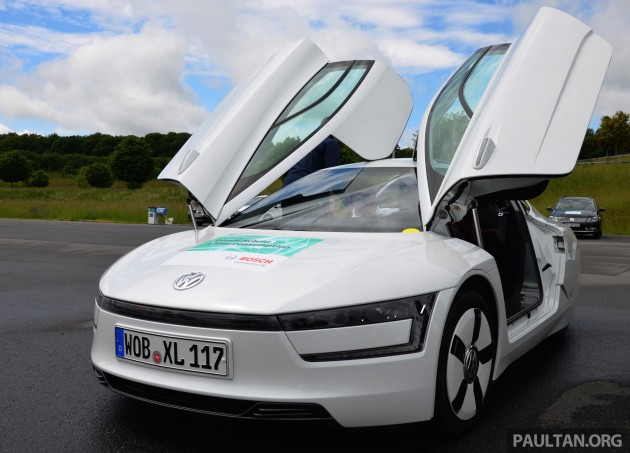
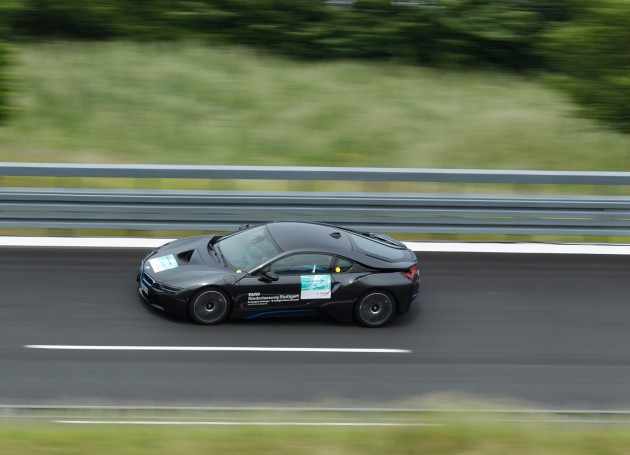
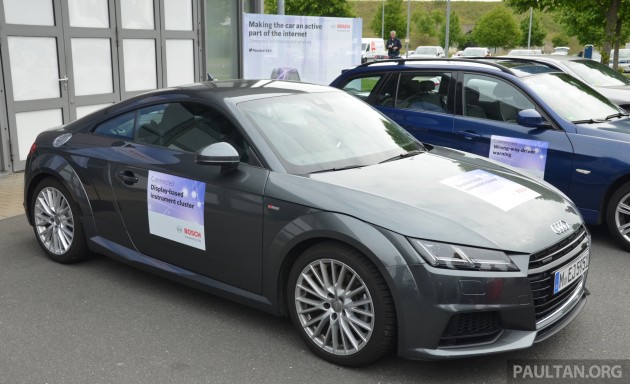
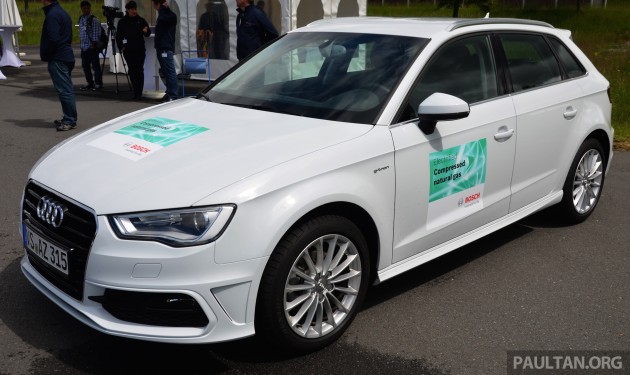


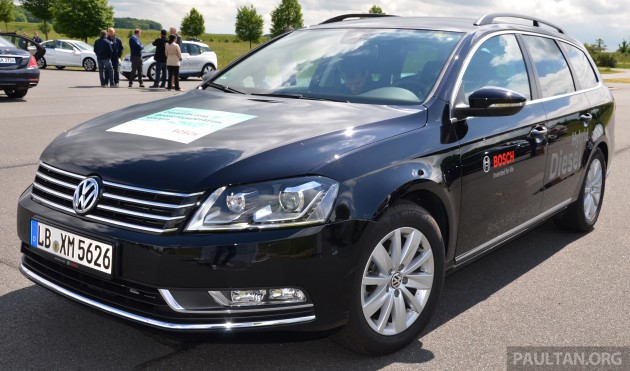


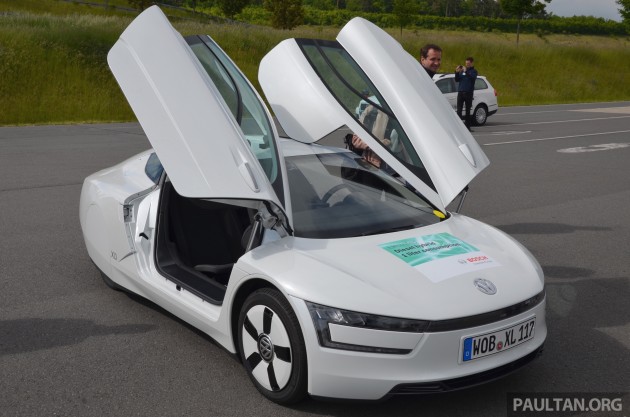
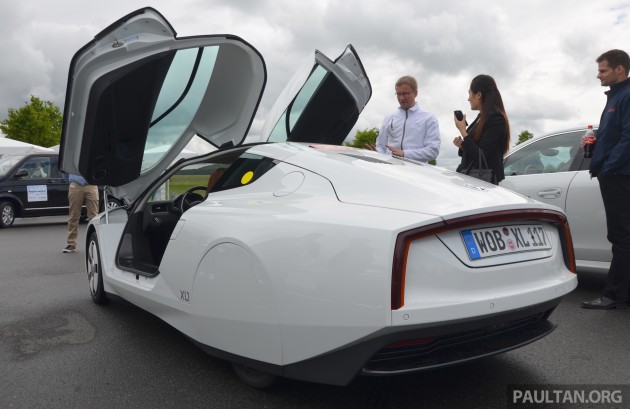
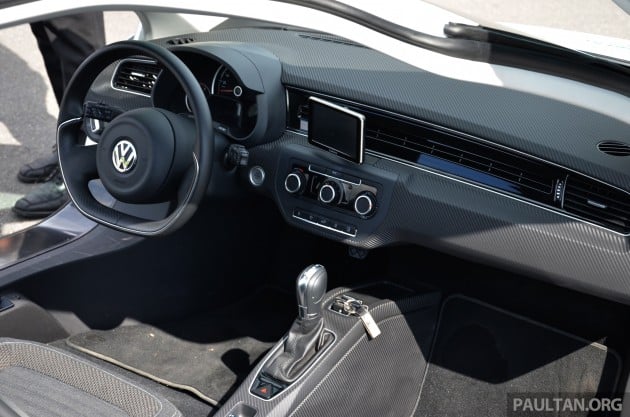
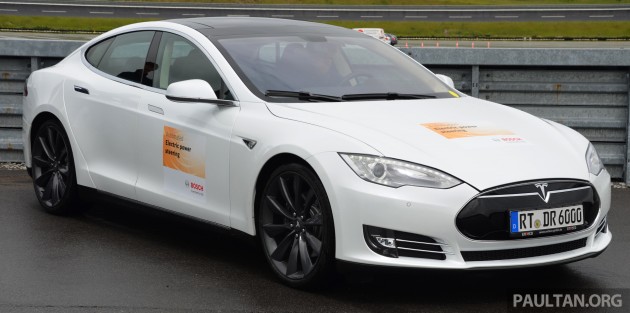
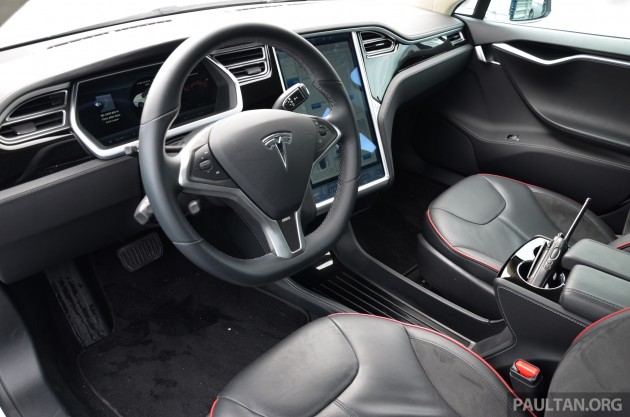


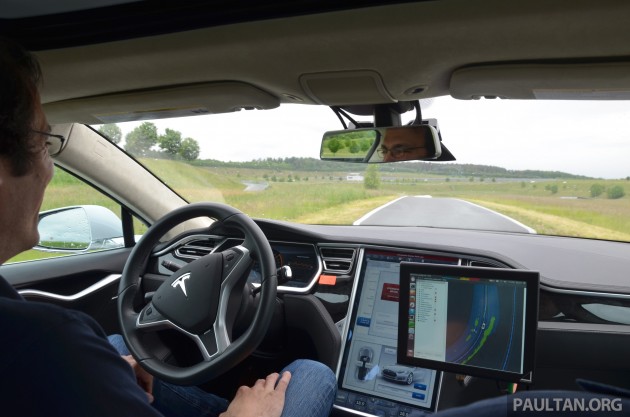
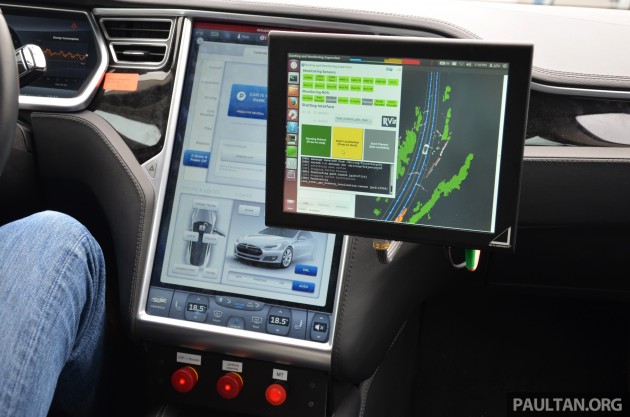
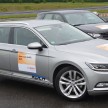

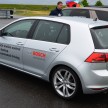
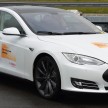
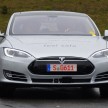
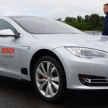
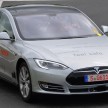
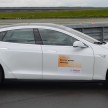
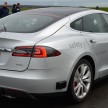
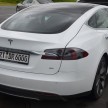
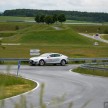
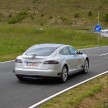
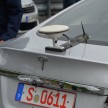
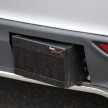
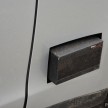
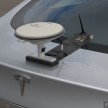
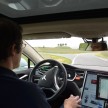
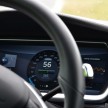
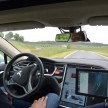
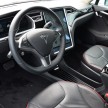
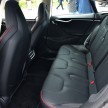
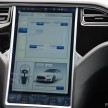
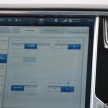
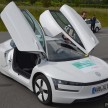
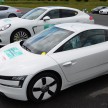
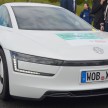
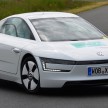
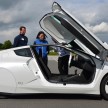
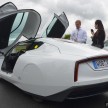
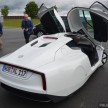
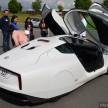
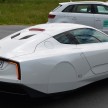
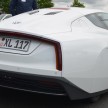
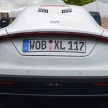


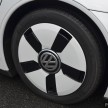
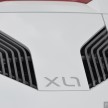
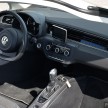
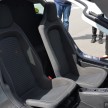
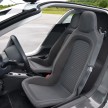
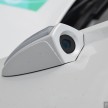
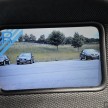
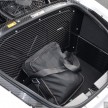
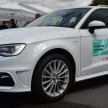
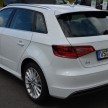
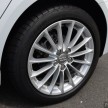
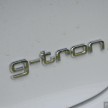
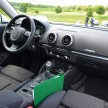
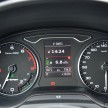
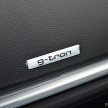
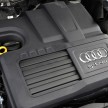
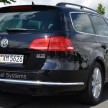
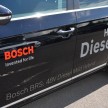
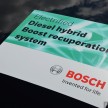
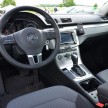
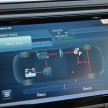
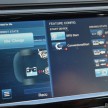
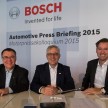
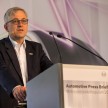
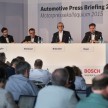

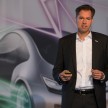
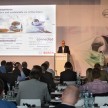
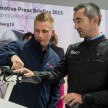
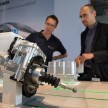
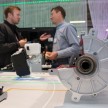
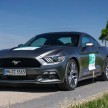
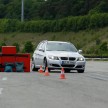
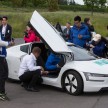
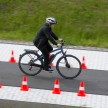
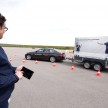

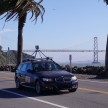
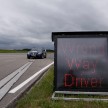
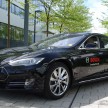
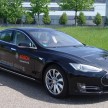
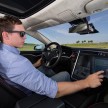
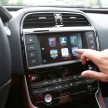
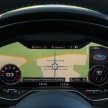
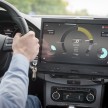
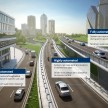
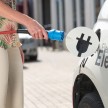
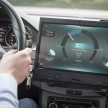
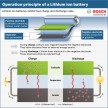
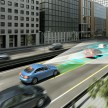
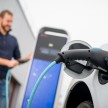
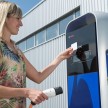
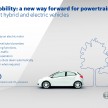
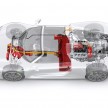
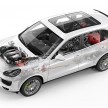

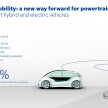
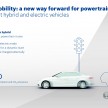
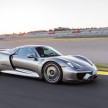
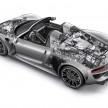
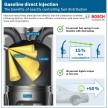
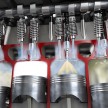
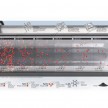

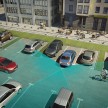
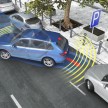
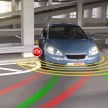
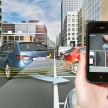
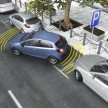
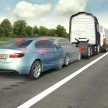
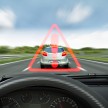
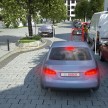
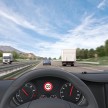
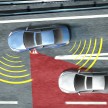
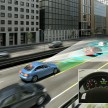
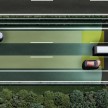
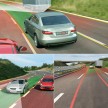
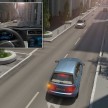
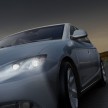
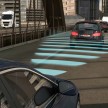
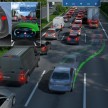
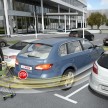
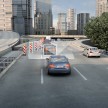
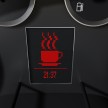










Hydrogen Fuel Cell seems like a more Green Approach.
no need to use Coal or natural gas to generate electic city to charge EV car.
Reminds me of the toyota sera in the early 90s